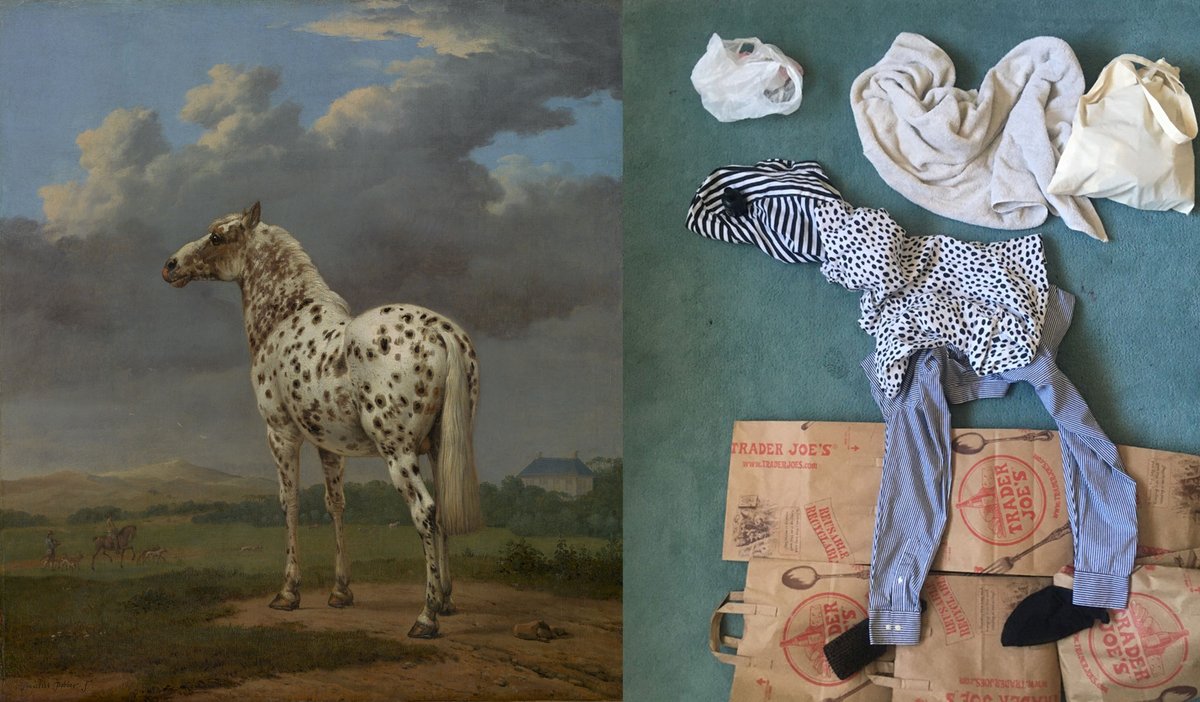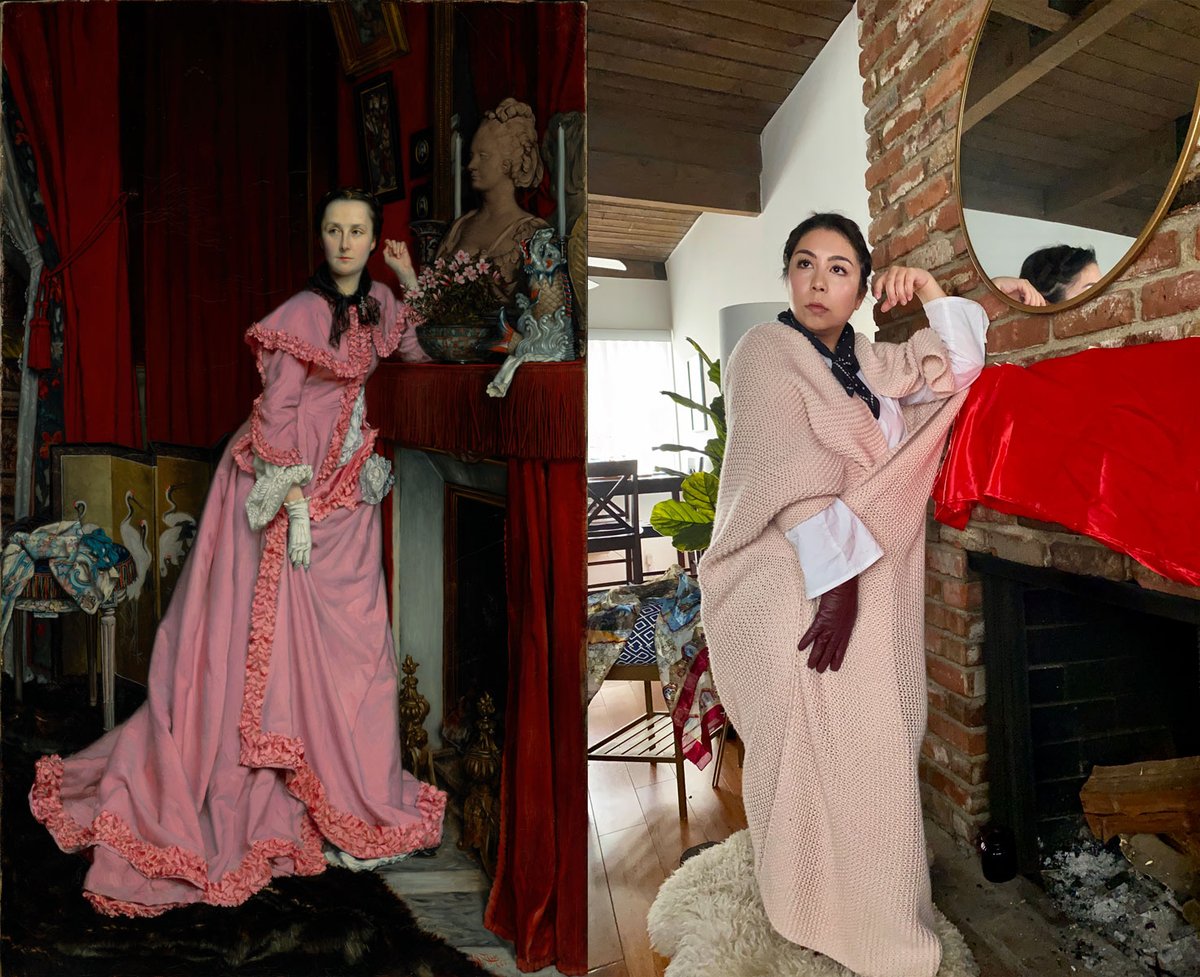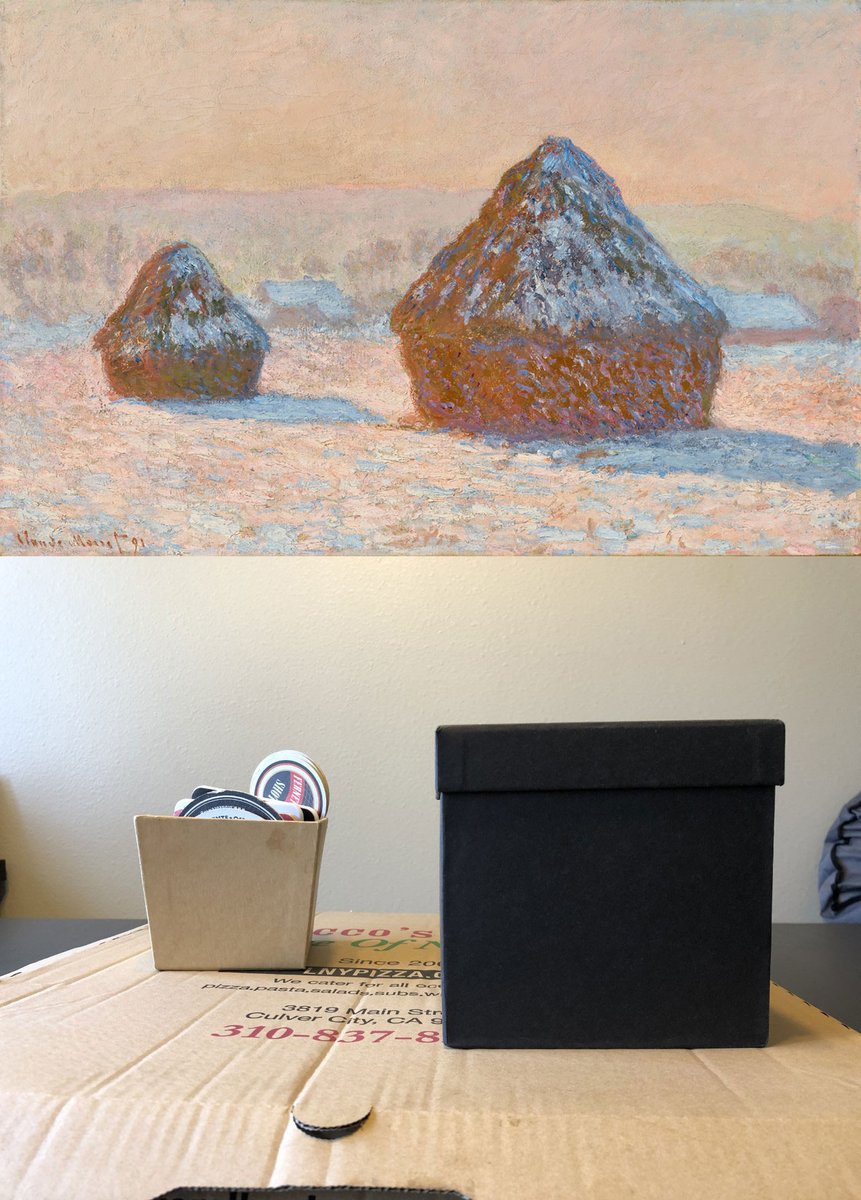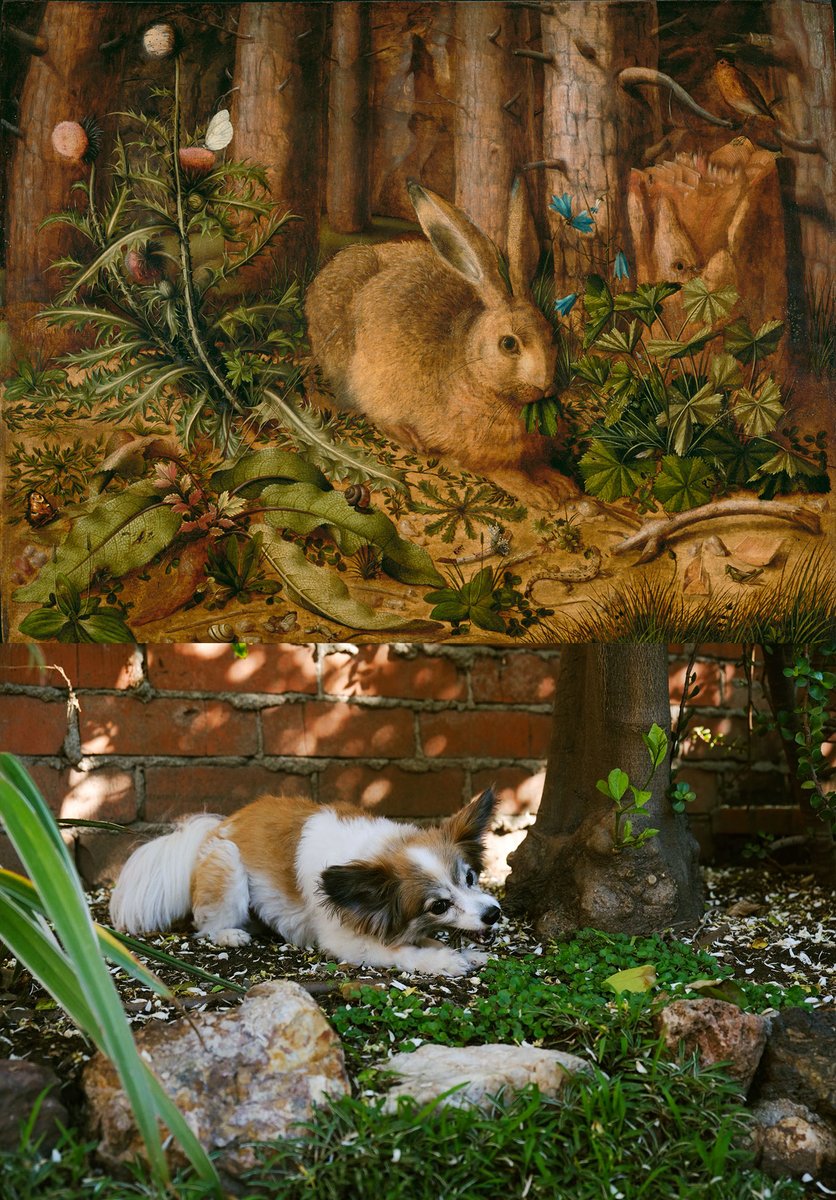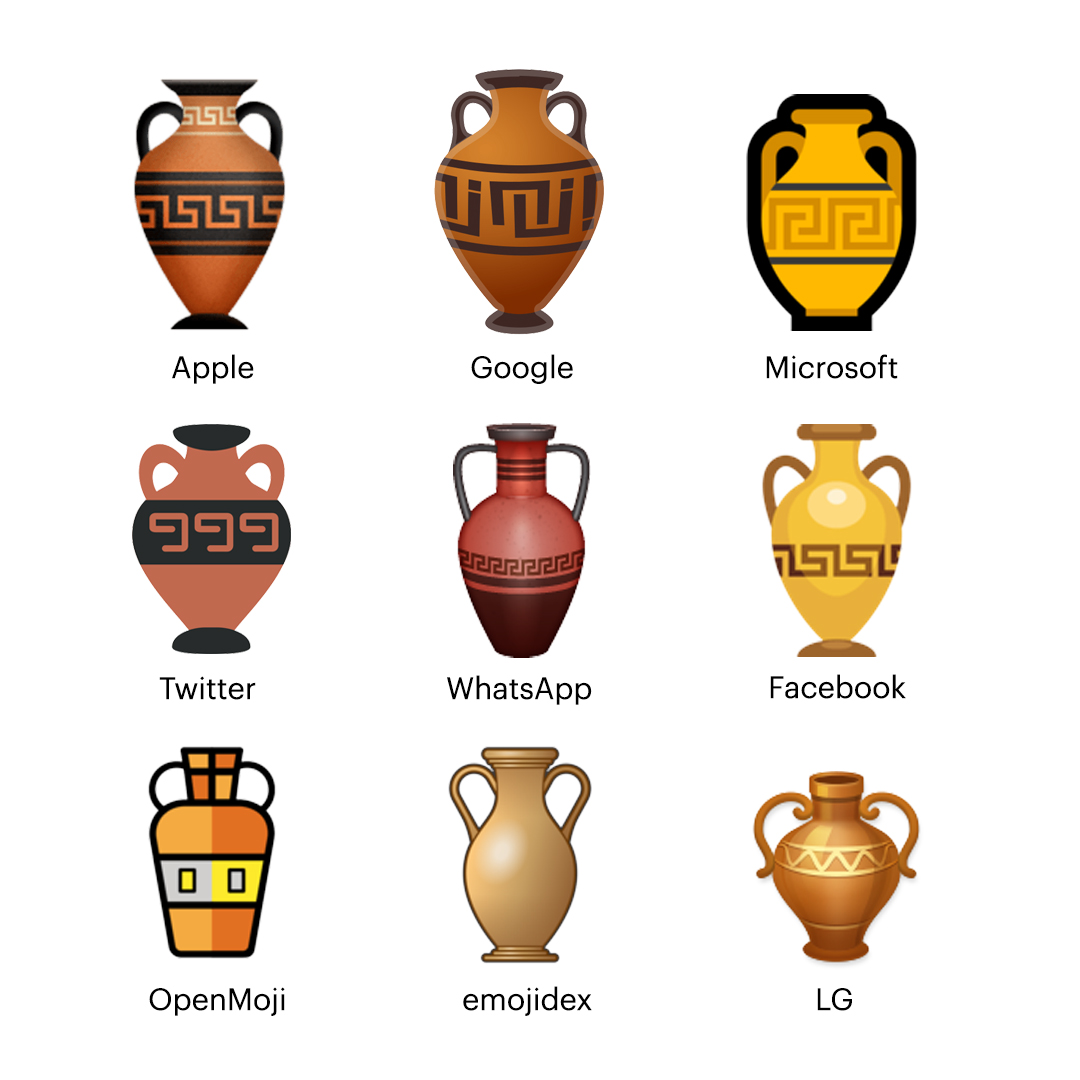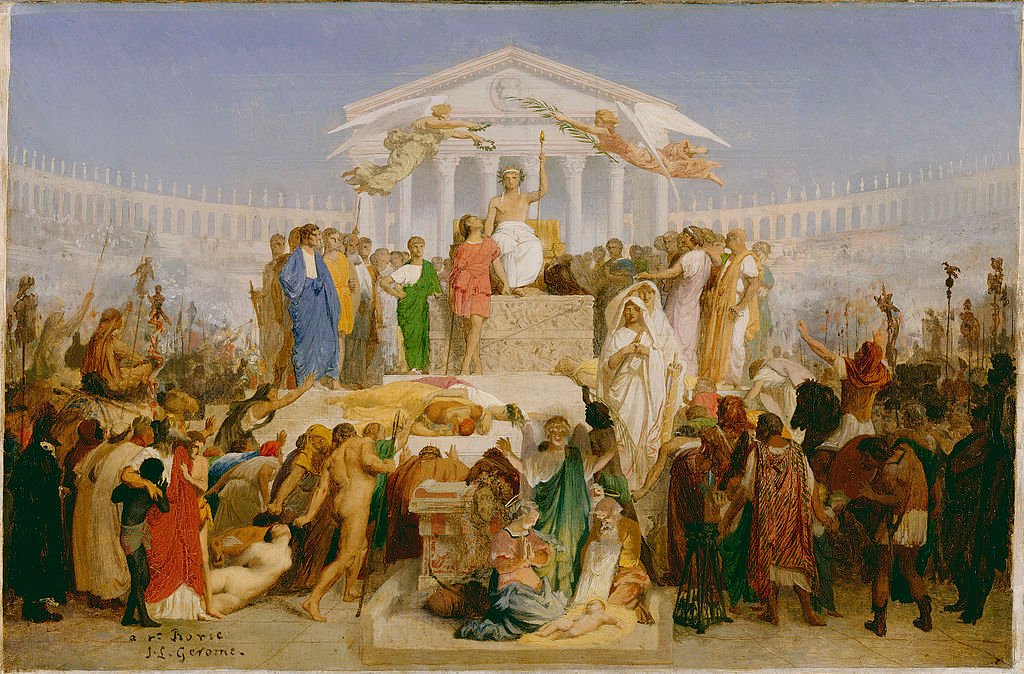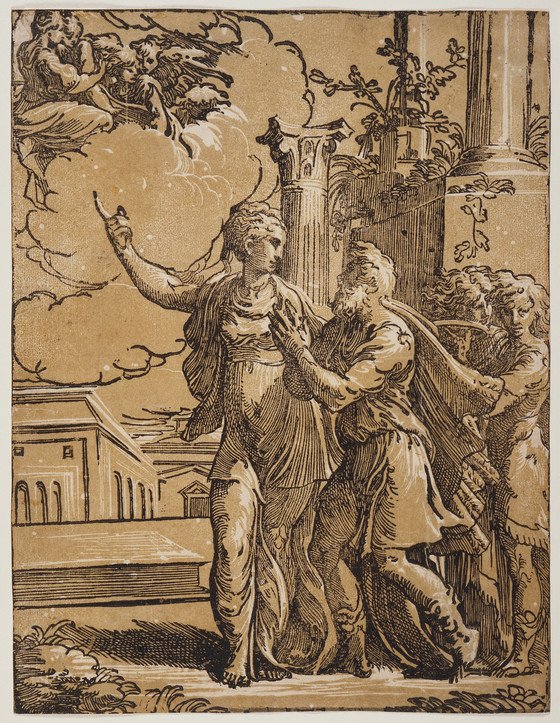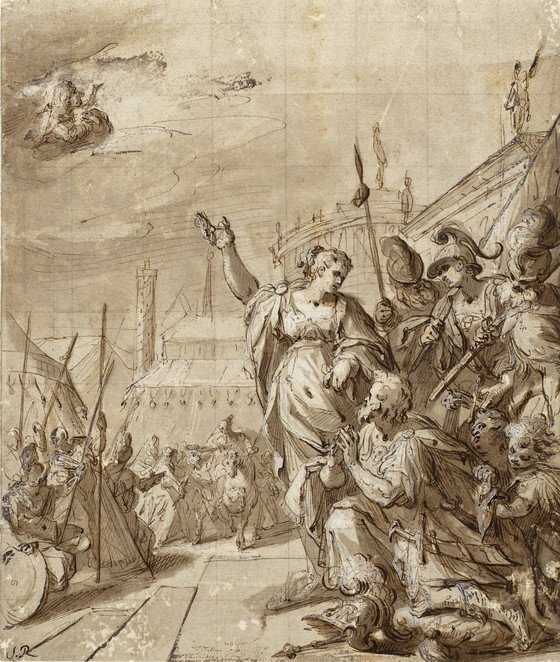
The iconic Sydney Opera House shells are made of precast concrete and ceramic tiles. The building is a prime example of how Modernist architects used innovative materials. 


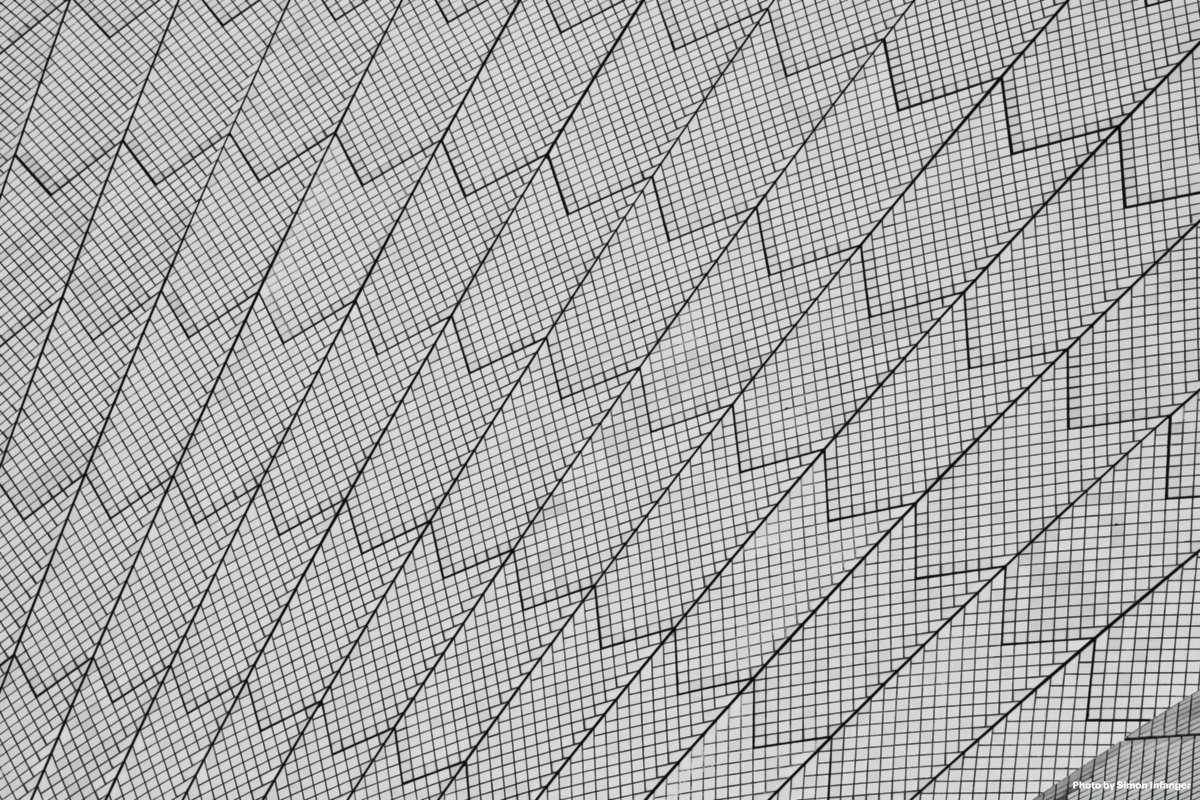
Hidden in Sydney's harbor are structural concrete piers that support the opera house broadwalk. These pose an interesting challenge for engineers.
Exposed to water and tide fluctuations, the concrete piers could deteriorate.
Exposed to water and tide fluctuations, the concrete piers could deteriorate.

Specialists are using a method called cathodic protection, which runs an electric current through the piers' reinforcing steel to limit the deterioration. Cool, right? #gettymodernarchitecture
More on the conservation of Sydney Opera House: blogs.getty.edu/iris/preservin…
More on the conservation of Sydney Opera House: blogs.getty.edu/iris/preservin…
• • •
Missing some Tweet in this thread? You can try to
force a refresh







